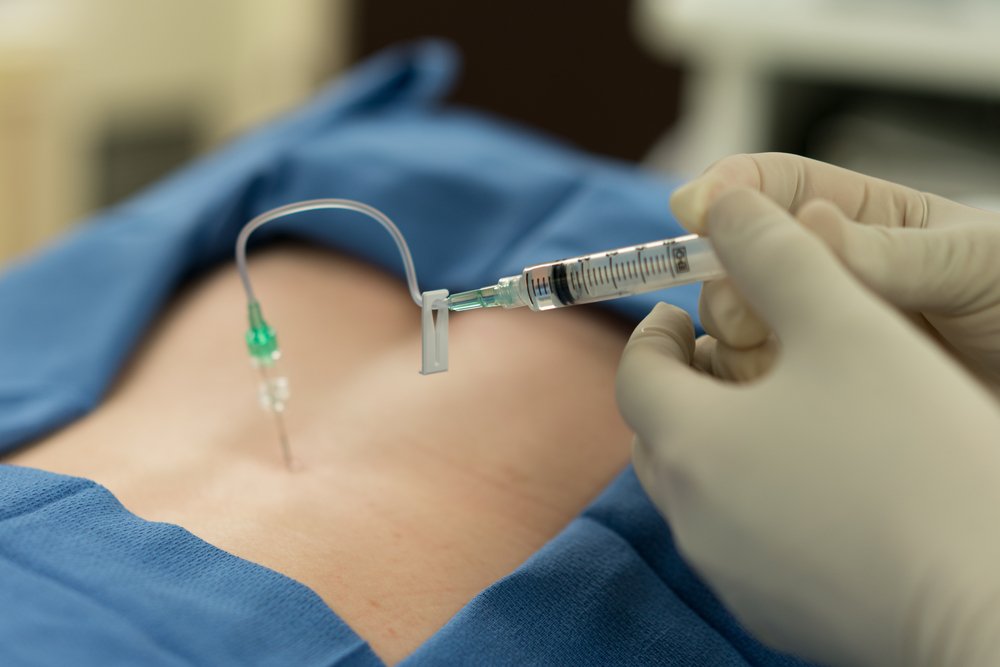After getting an epidural blood patch to treat spinal headaches, knowing when to safely start exercising again is crucial. Today we will guide you through the recommended timelines and important precautions for resuming physical activity post-procedure. We’ll help you to manage your recovery effectively, ensuring you avoid complications and get back to your routine safely.

Contents
- 1 When Can I Resume Exercise After Epidural Blood Patch?
- 2 The Benefits of Exercise After Epidural Blood Patch
- 3 Frequently Asked Questions
- 3.1 1. What are the potential long-term side effects of an epidural blood patch?
- 3.2 2. How successful is the epidural blood patch procedure?
- 3.3 3. How can I tell if my epidural blood patch worked?
- 3.4 4. Is it normal to experience headaches after an epidural blood patch?
- 3.5 5. What is the typical recovery period for an epidural blood patch?
When Can I Resume Exercise After Epidural Blood Patch?
Resuming exercise after an epidural blood patch, which is a procedure used to alleviate spinal headaches caused by a cerebrospinal fluid leak, should be approached with caution. It’s important to allow your body adequate time to heal to ensure the effectiveness of the patch and to prevent any further complications.
Recommended Timeline:
1. Immediate Post-Procedure (First 24 Hours):
Rest is crucial. Avoid any physical activity beyond necessary movements like walking around the house. This helps the blood clot stay in place and promotes the sealing of the spinal leak.
2. 24 to 48 Hours After the Procedure:
Continue to avoid strenuous activities. Light, non-impact activities such as walking can be gradually reintroduced. Listen to your body and do not push through pain or discomfort.
3. 48 to 72 Hours After the Procedure:
If you’re feeling well, with no exacerbation of symptoms or new symptoms, you can consider slowly increasing your activity levels. Still, avoid lifting heavy objects, vigorous exercise, or bending movements that can increase spinal pressure.
4. One Week After the Procedure:
Depending on your recovery and if advised by your healthcare provider, you may return to more normal activities, including moderate exercise. It’s important to continue avoiding very strenuous activities or anything that significantly strains the back.
5. Two Weeks After the Procedure:
If there are no complications and upon consultation with your healthcare provider, you may be able to gradually resume all forms of exercise, including more strenuous activities.
The Benefits of Exercise After Epidural Blood Patch
While there aren’t many immediate benefits to vigorous exercise right after an epidural blood patch procedure, there are definitely advantages to incorporating gentle exercise as part of your recovery routine. Here’s why:

Improved Healing: Light physical activity can promote blood flow throughout the body, which can aid in the healing process around the puncture site. However, strenuous exercise can have the opposite effect, potentially causing complications.
Reduced Pain: Gentle movement can help manage post-procedural back pain and stiffness. Activities like walking or light stretches can improve circulation and loosen tight muscles, promoting overall comfort.
Faster Recovery: Gradually increasing physical activity after your doctor’s clearance can help restore your strength, flexibility, and mobility. This can expedite your return to normal daily activities.
Mental Well-being: Exercise is a well-known mood booster. Even gentle physical activity can help combat post-procedural fatigue and elevate your mood.
Frequently Asked Questions
1. What are the potential long-term side effects of an epidural blood patch?
In rare cases, long-term side effects of an epidural blood patch can include residual backache and stiffness, vertigo, tinnitus, ataxia, and facial paralysis. Given the rarity and diverse nature of these symptoms, individual experiences may vary, highlighting the importance of personalized medical advice from healthcare professionals.
2. How successful is the epidural blood patch procedure?
Epidural blood patches are generally successful, with approximately 93% of patients experiencing partial or complete relief of associated headaches. Notably, the success rate for complete relief is slightly lower, around 75%.
3. How can I tell if my epidural blood patch worked?
The efficacy of an epidural blood patch is often apparent quite swiftly, with many people experiencing immediate or near-immediate relief from spinal headaches. Normal activities are usually resumed once the blood patch has had time to congeal.
4. Is it normal to experience headaches after an epidural blood patch?
Rebound intracranial hypertension, characterized by increased intracranial pressure leading to severe headaches, nausea, and vomiting, can occur as a result of epidural blood patching. Therefore, it is possible to experience a headache after a blood patch, but consultation with a healthcare provider is recommended.
5. What is the typical recovery period for an epidural blood patch?
The initial recovery period post-procedure is 24 hours of bed rest, during which patients may get up only for meals and bathroom visits. Any strenuous activity should be avoided for at least 48 to 72 hours post-procedure to prevent dislodging the blood patch.

Hello, I’m Ravindra. Over the years, I’ve immersed myself deeply into the world of fitness and health, transforming both my body and mind. Writing has allowed me to share my journey, insights, and expertise with those just starting out and seasoned fitness enthusiasts alike. Beyond just routines and diets, I believe in inspiring others to adopt a holistic approach to well-being.
